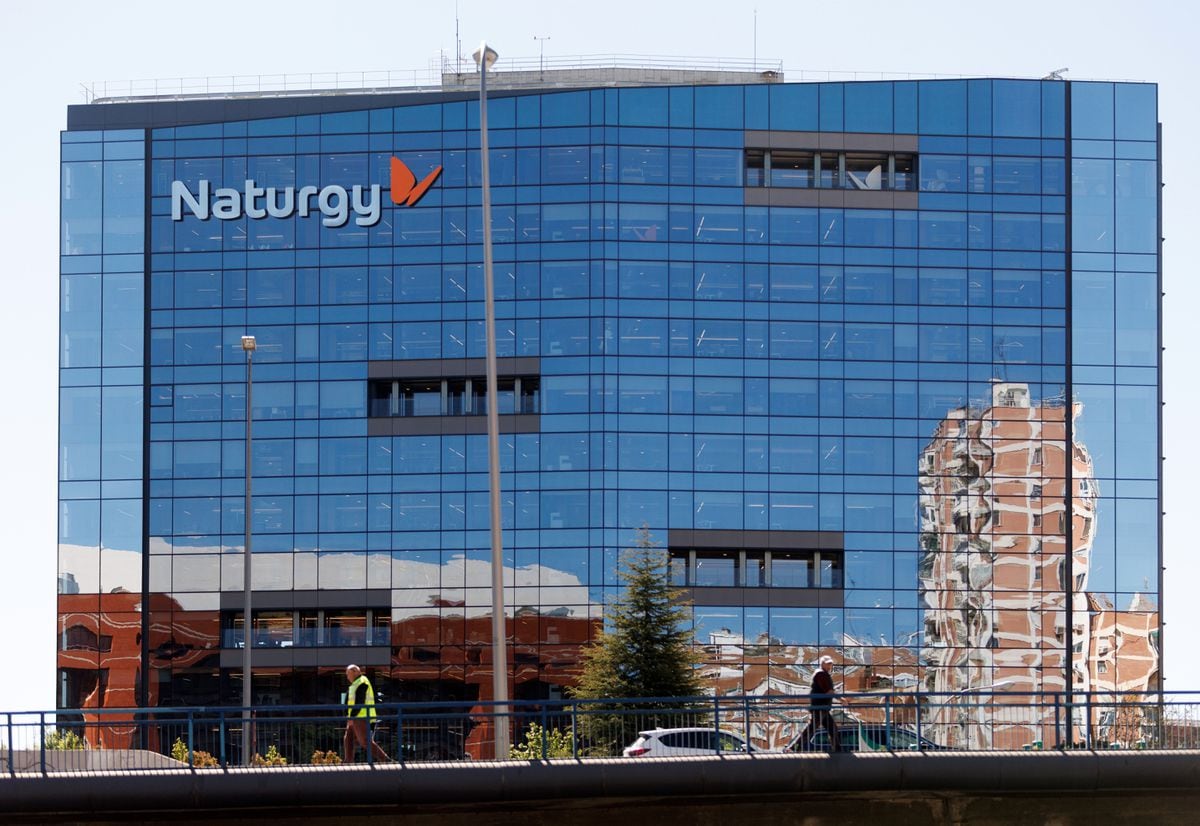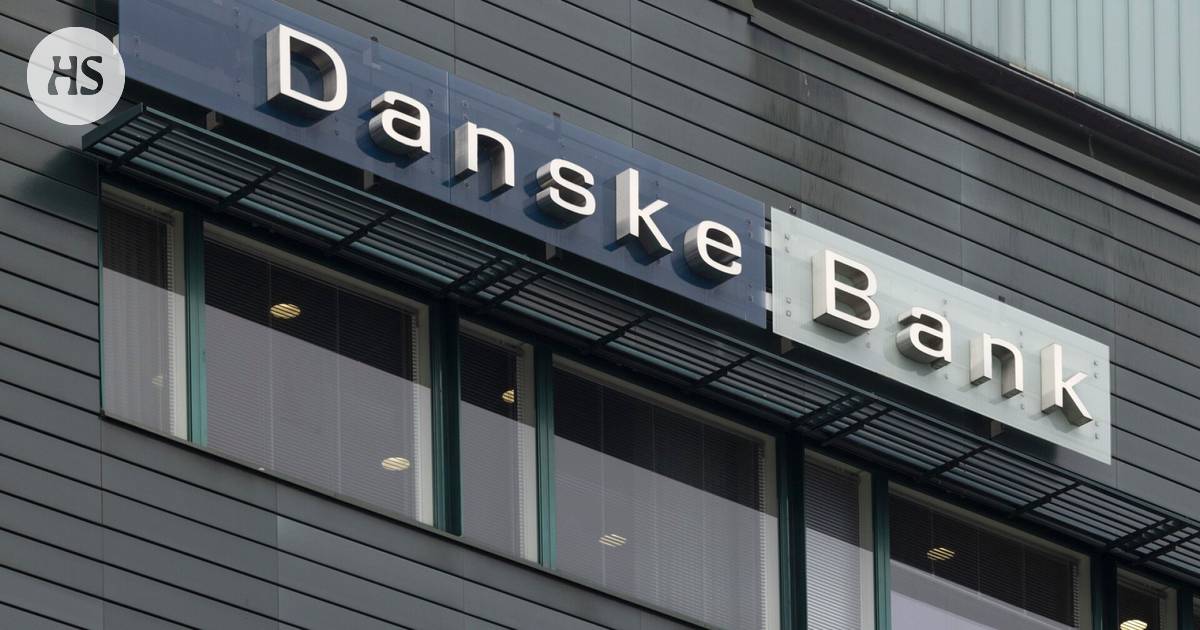Transforming Disused Places: A Path Towards Community Regeneration
At the Trento Festival of Economics, a panel titled “Regenerating places to regenerate communities: the care of common goods as a tool for participation” discussed the potential of rethinking disused places and spaces. The speakers emphasized the importance of considering the processes of creation and collaboration of common goods as a common good in itself, rather than just managing an asset.
Teresa Pedretti, a partner of Collettivo Campomarzio, shared the participatory path of Super Trento, which aims to redesign the surface freed up by the burial of tracks between Scalo Filzi and Muse. She highlighted how involving citizens who know and live in the area in the regeneration process can lead to co-use of spaces and activities that administrations may not have considered.
Eugenio Petz from Milano’s municipality discussed using “collaboration agreements” as an administrative tool to foster co-planning with active citizenship, drawing inspiration from successful experiences in Bologna and Verona. He emphasized that citizen involvement is essential for regeneration initiatives’ success, leading to more inclusive urban planning.
Renato Quaglia shared an inspiring example from Naples where a large empty monastery has been transformed into a vibrant hub with cooperatives, entrepreneurial activities, and educational facilities. This experience demonstrated how private resources, civic organizations, and public-private partnerships can drive urban revitalization initiatives in challenging neighborhoods.
While challenges remain, such as integrating regenerative experiences into public policies, speakers stressed leveraging local knowledge, active citizenship, and innovative collaborations to breathe new life into disused spaces and contribute to community well-being. The panel highlighted how reimagining urban landscapes could lead to more inclusive communities that prioritize social cohesion over economic growth.
In conclusion, transforming disused places requires collaboration between local stakeholders who understand their unique needs better than anyone else. By working together towards common goals, we can create sustainable solutions that benefit both individuals and communities alike.



